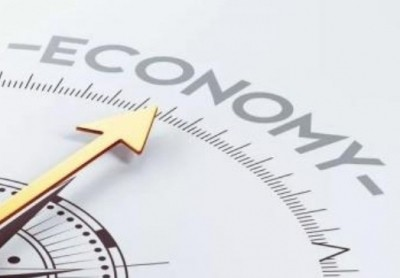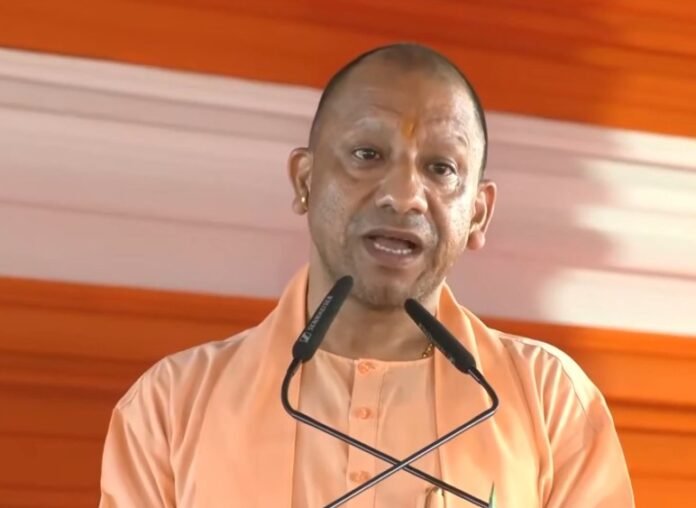India’s economy accelerated in the second quarter of fiscal 2026, a key boost that comes amid a tricky global environment. The Finance Ministry’s latest monthly report shows higher growth figures, even after the United States raised tariffs on Indian goods in August.
Strong GDP Momentum
According to the ministry, India’s gross domestic product (GDP) grew faster than expected. Supply-side indicators—like factory output and construction activity—were solid, while demand got a lift from lower Goods and Services Tax (GST) rates and the holiday shopping surge. The Ministry said domestic consumption, aided by these GST cuts, is a major driver of the healthy growth.
Both the International Monetary Fund (IMF) and the Reserve Bank of India (RBI) have stepped up their growth forecasts for FY26. The IMF now expects a 6.6 % GDP rise, while the RBI projects 6.8 %. The adjustments reflect strengthened domestic demand, a reliable monsoon, lower inflation and the positive impact of GST reforms.
GST Cut Spurs Spending and Jobs
The new GST structure reduces the tax burden on households and businesses. That means more money stays in the economy, encouraging both consumer spending and investment. Analysts believe the lower GST will boost employment and keep domestic demand robust through the rest of FY26. Industry and services are set to keep performing well, and a steady labor market will add to the positive momentum.
Trade Performance Holds Strong
India’s trade statistics remain resilient. While merchandise exports lag a bit because of the US tariff increase, services exports – such as IT and customer support – have expanded, balancing the trade deficit. Export destinations are becoming more diversified, a trend already visible in September 2025 data.
Foreign direct investment (FDI) flows have picked up. The increase signals that Indian markets continue to attract global investors, bolstering the country’s standing as an attractive investment hub.
Inflation Remains in Check
In the latest Monetary Policy Committee (MPC) meeting, India’s policy repo rate stayed at 5.5 %. The MPC also trimmed its headline inflation forecast for 2025–26 to 2.6 % from earlier estimates of 3.7 % and 3.1 %. Inflation is projected to stay low for the balance of 2025, with a moderate rise expected in Q4 and early FY27. Core inflation should remain subdued, helping the economy stay on track.
Agriculture Steady
The Kharif season finished successfully, with strong production of cereals and pulses. Although oilseed and cotton areas dipped a bit, the overall outlook for food production remains positive. Healthy crop growth supports rural incomes and keeps market prices stable.
Financial Sector Outlook
Bank lending slowed slightly, but overall credit supply to the economy is still growing. Non‑bank lenders are stepping in to fill the gap left by banks. The RBI’s new development and regulatory policies are expected to make credit allocation more efficient and help India integrate more closely with global financial markets.
Cautious Optimism
While the domestic economy is showing solid signs of growth, global uncertainties—such as trade tensions and fluctuating commodity prices—continue to pose risks. Nevertheless, structural reforms like GST 2.0 and other government initiatives are designed to cushion the economy against these external shocks.
In sum, India’s economy is moving forward with stronger growth estimates, lower inflation, and a clearer policy path. GST reforms and rising FDI are key pillars supporting this upward trajectory, even as the country navigates an unpredictable global trade landscape.
Source: ianslive
Stay informed on all the latest news, real-time breaking news updates, and follow all the important headlines in world News on Latest NewsX. Follow us on social media Facebook, Twitter(X), Gettr and subscribe our Youtube Channel.



